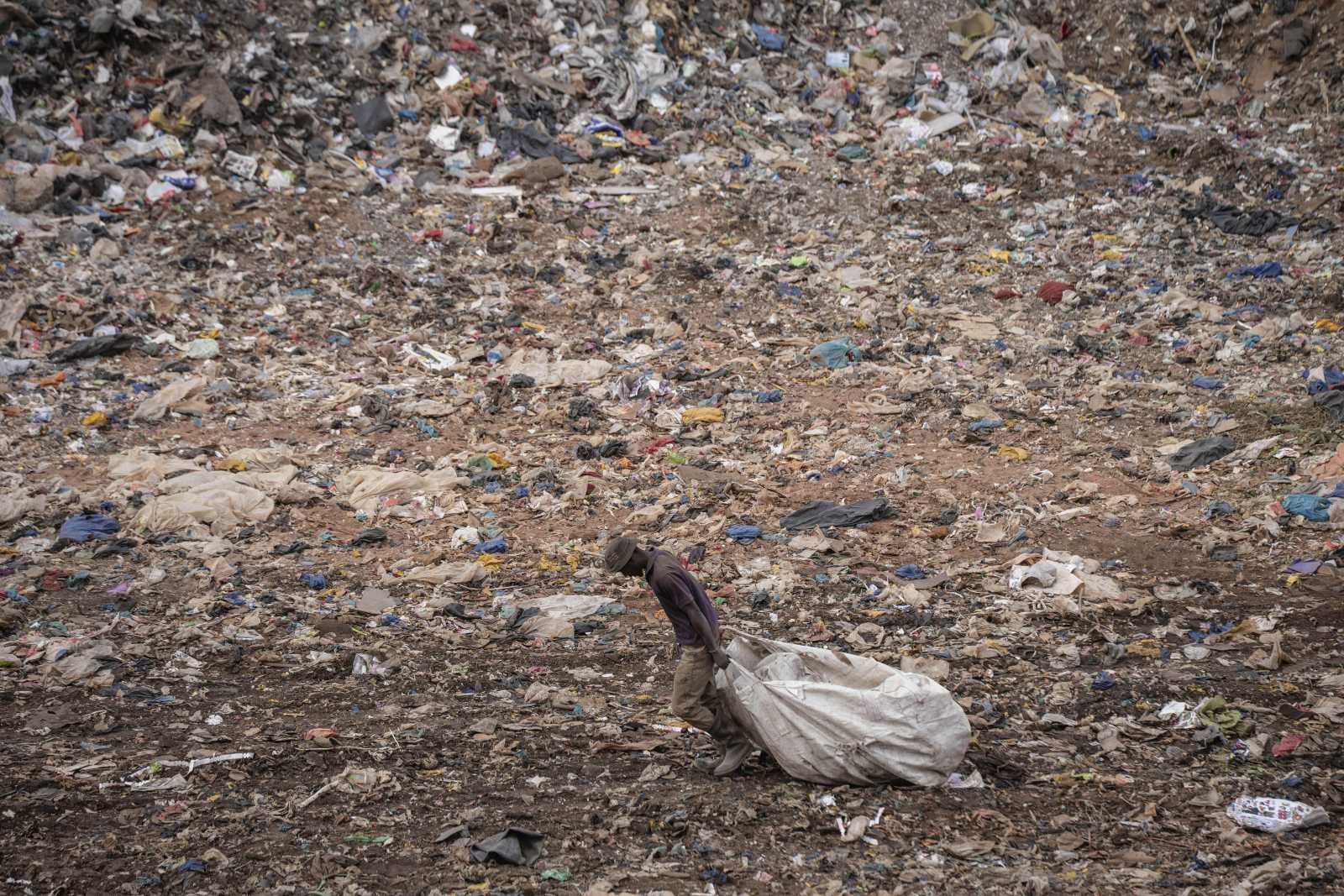Infrastructure
Why cities cannot simply flush
By Sunita Narain
The current obsession in urban India is to bring more and more water to cities. But doing so is expensive. The longer the pipeline, the less water there is for supply. India’s municipal utilities officially report that 30 % to 50 % of the water they supply is “lost” due to leakages. This results in higher water cost, so local governments become unable to subsidise the supply of water to all, and end up subsidising only the rich, but not the poor. What a perverse scenario.
As municipal water systems collapse under the weight of un-recovered costs, moreover, the rich move to private water sources like bottled water. The poor suffer the cost of poor health.
Planners focus on providing more clean water. But they miss an important point: where they supply clean water, they will have to take care of waste water too. Roughly 80 % of the water that reaches households leaves them as sewage. And sewage, once generated, has to go somewhere. It goes into streams, ponds, lakes and rivers, polluting urban water bodies. Or it goes into the ground, contaminating water
people use for drinking. Surveys of ground water quality in Indian cities show that the levels of nitrate contamination are rising. This is proof of untreated sewage finding its way into aquifers.
Our planners dream of sewage systems which connect toilets – the flush variety, the wc – to laid-out, concrete underground sewers. Such systems, it is believed, will magically connect the waste to the treatment plant, which will then treat the sewage and dispose it in the next river or other water body.
The truth is that urban sewage systems are not keeping up with the excreta challenge. The problem is that the current sewage collection and conveyance paradigm is based on centralised systems. These systems use lots of clean water to transport a small amount of human excreta through expensive sewer lines to an expensive treatment facility. But the treatment plants we have do not cope with the volume of waste. The waste is released into the environment without treatment. And so are the excreta of the masses of marginalised poor urban people who are excluded from the formal sewerage system, though they certainly are exposed to its risks.
This kind of infrastructure has become part of the environmental problem. It is not the solution.
Drowning in excreta
Because the waste water system is capital intensive, such municipal infrastructure typically only serves a few people, but not all. Most cities cannot afford a sewage drainage system, let alone a sewage treatment system. The end result is pollution. The truth is that urban India is drowning in its excreta.
And the irony of it is that we all live downstream. Each city that discharges waste into a river believes its problem has been dealt with. But we forget that the municipalities upstream are doing the same. And as settlements grow, the discharge increases.
Making matters worse, cities compete with industries and agriculture for water. The more river water is extracted for irrigation and other purposes, the less water remains to dilute the waste. As a result, our rivers are losing their assimilative capacity, their natural organic self-cleansing ability. Today, many rivers are no longer rivers, they have become sewers.
Things must change. For cities in developing countries, the principle behind the management of water and waste cannot be the current approach of “flush and forget”. If they are to provide enough clean water for everyone, they must tackle the challenge of waste water. These issues are inextricably interrelated.
It is obvious that water scarcity is a growing problem, and that waste water is a growing problem too. Either the treatment costs will escalate, or there will be more illnesses and deaths. Diarrhoea and other water-borne diseases are still among the most common causes of death among children under age five in India and other developing countries. This is not the way to the future.
Our cities must re-invent and re-work methods and technologies of conveying water and disposing waste. The current method has several problems:
– It is capital-intensive,
– it creates and maintains a divide between the rich and the poor, and
– it is natural-resource intensive, using water to flush and convey waste.
This system of water waste management was first invented in the water-and-otherwise rich industrialised world and imitated mindlessly elsewhere. It can work well only for some. But it will not work for all.
Changing ways
We will have to think differently. Cities in the poor world will have to invest in efficiency so that they do not, first, become water-wasteful and then, at a later stage, learn the science and art of efficiency. They have to invest in managing and treating their waste water early on.
How can this be done? Four aspects matter:
– First of all, we will have to spend less on bringing water to our houses. Long pipelines mean high costs for maintenance, pumps and the ubiquitous “leakage” losses. It is necessary to revive local water bodies and recharge ground water, so that water can be sourced from as close as possible.
– Second, we must use less, not more water in our homes, so that we have less to treat and less to dispose of.
– Third, we must cut the costs and transportation of sewage. We will have to use the existing drain networks plus a variety of technologies to treat sewage as locally as possible.
– Finally, we have to learn to re-use every drop of sewage. We must either turn it into drinking water with expensive technology or re-use and recycle it in our gardens, industries or use it – after appropriate treatment – to recharge ground water.
It would not be wrong to say that the technology of toilets – an equipment to handle human excreta in a safe and hygienic manner – has been the least researched in the world. Toilets need to be re-engineered, so that they are affordable and can function to re-use and recycle the excreta generated.
This is a technology challenge we have to work on, using the most advanced science and the most traditional knowledge. We know frontier technologies for toilets exist in space programmes. We also know traditional water systems were designed in traditional villages to cope with vulnerabilities and to make the most on scarce resources. We need the ingenuity and the humility of science to take us to the next generation of sanitation technologies.
But all this requires a major change in mindset. The agglomerations of poor countries need innovative answers for water and excreta management. Modern technologies for cleaning waste are out of the financial reach of the waste-accumulating societies of the poor world. They are too expensive to install and even more expensive to run.
It is here the challenge lies: to re-invent the paradigm of waste treatment by re-inventing the paradigm of waste generation itself. The answer will lie in doing things differently.
Cities must look at their waste economy and invest in re-use. For instance, Singapore uses expensive membrane technology that completely cleans up waste water, making it potable new water. This is at the expensive end. The other alternative is our cities leapfrogging to minimise the gerneration of waste or ensure the waste is segregated – household waste from industrial waste – so that what is relatively less toxic can be cleaned up and then used to recharge ground water or irrigate fields. This is the win-win for the future.








